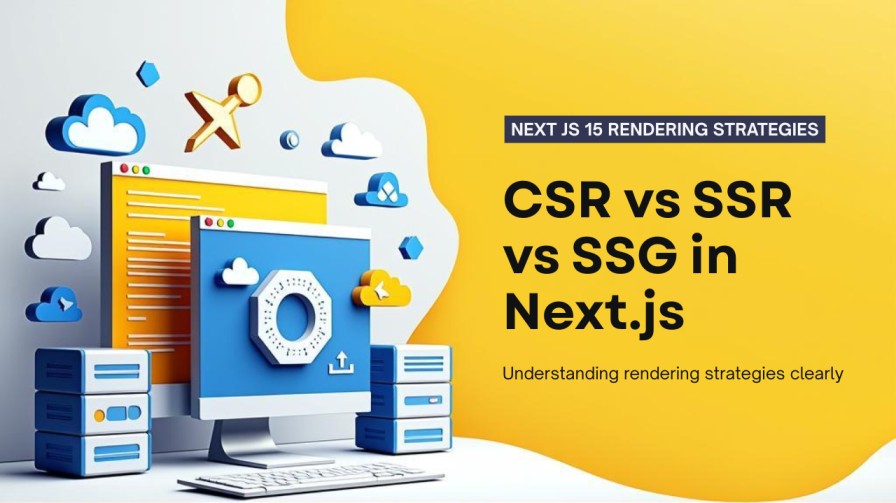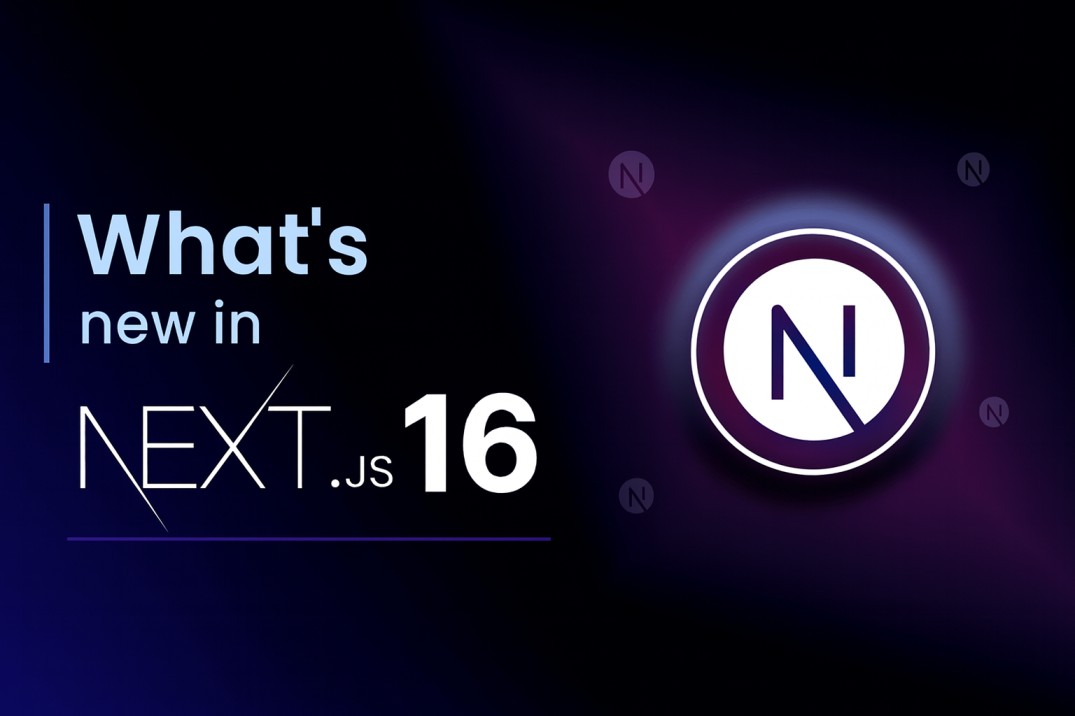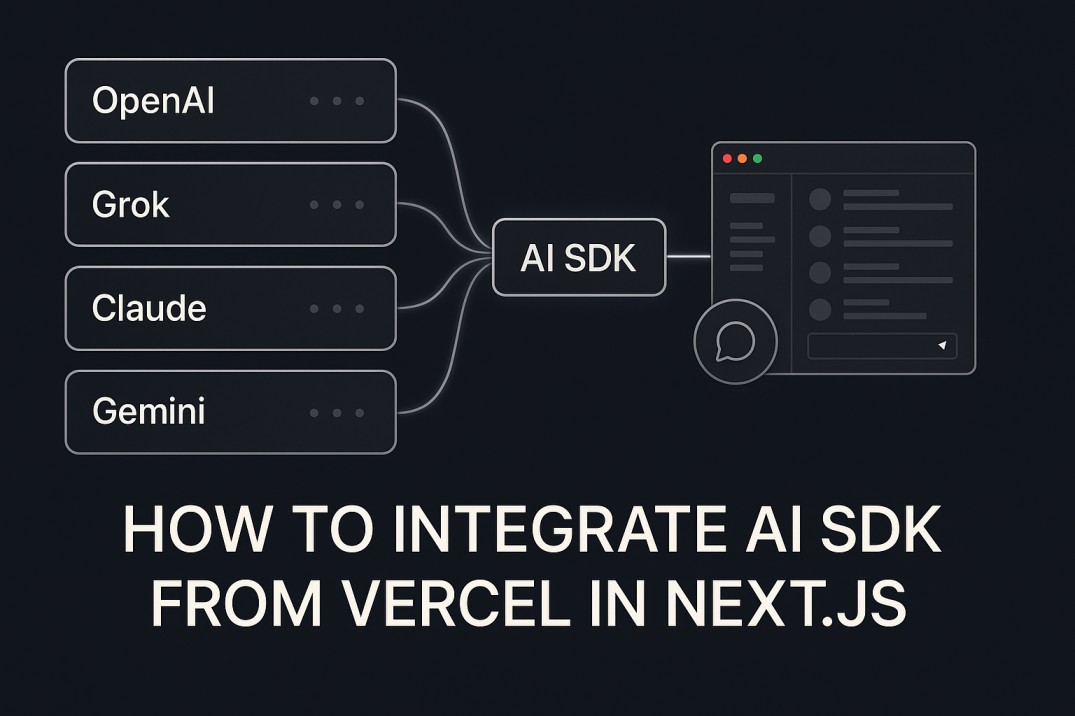When to Use Which Type of Rendering in Your Next js Project

Choosing the right rendering strategy in your Next.js project can feel confusing, but after reading this blog, that confusion will be gone! Understanding Client Side Rendering (CSR), Server Side Rendering (SSR), Static Site Generation (SSG), Incremental Static Regeneration (ISR), and the new Partial Prerendering (PPR) will help you unleash maximum speed, SEO, and flexibility with the latest Next.js (including the new App Router).
Why Rendering Strategies Matter
Next.js offers multiple rendering modes because each fits different web app needs. Picking the right one ensures faster load times, better SEO, and smoother user experiences. For example, static marketing pages demand instant speed and SEO, while dashboards require real-time updates. App Router makes using these strategies easier than ever.
Overview: Popular Rendering Types
- CSR (Client Side Rendering)
- SSR (Server Side Rendering)
- SSG (Static Site Generation)
- ISR (Incremental Static Regeneration)
- PPR (Partial Prerendering, experimental)
Each type has its use cases, strengths, and tradeoffs. Here’s how to pick what works best for your scenario.
1. Client Side Rendering (CSR)
Where CSR is Used
CSR shines for highly interactive, dynamic applications, like dashboards or single-page apps, where SEO isn’t critical and data changes frequently.
Example with App Router
To use CSR, simply create a Client Component using the "use client" directive:
This renders the page purely in the browser—no pre-rendered HTML from the server.
2. Server Side Rendering (SSR)
Where SSR is Used
SSR is essential for SEO-focused and dynamic pages that need up-to-date data on every request (e.g., user profiles, e-commerce product detail pages).
Example with App Router
With the App Router, server components are rendered on each request. Use async server components:
No need for getServerSideProps—just leverage async Server Components!
3. Static Site Generation (SSG)
Where SSG is Used
SSG is perfect for pages that rarely change—think blog articles, documentation, or marketing pages.
Example with App Router
Static routes in App Router are automatically pre-rendered at build time:
This generates static HTML for each blog post at build—blazing fast for visitors.
4. Incremental Static Regeneration (ISR)
Where ISR is Used
ISR fits sites needing static speed with periodic updates, such as news, e-commerce listings, or frequently updated blogs.
Example with App Router
ISR is enabled by setting a revalidation period:
Pages are regenerated after the set interval, giving the latest content while maintaining static speed.
5. Partial Prerendering (PPR) [Experimental]
Where PPR is Used
Partial Prerendering is new and experimental, letting you combine static and dynamic content on the same route—great for landing pages with some real-time widgets.
Example with App Router
Enable PPR in next.config.ts:
Then, use Suspense for dynamic chunks:
This streams the static header instantly and loads the live widget as data arrives.
Rendering Strategy Comparison
Conclusion
Picking the right rendering mode in Next.js is essential for building fast, SEO-friendly, and user-centered apps. With the App Router, dividing components between server and client is straightforward. Most projects today use SSR, SSG, or ISR for primary pages, and use CSR only for highly interactive sections. PPR is emerging for hybrid scenarios. Use the examples above as a blueprint for your Next.js journey—they’re all compatible with the latest Next.js version as of 2025.
FAQs
Q: Which rendering type is best for SEO?
A: SSR and SSG are most SEO-friendly, with ISR also great for frequently updated static pages.
Q: Can I mix rendering strategies in one project?
A: Yes! App Router allows mixing CSR, SSR, SSG, ISR, and PPR in different routes or components.
Q: When should I use CSR?
A: Use CSR for fast, dynamic dashboards or apps where SEO doesn’t matter much.
Q: Is PPR ready for production?
A: PPR is experimental—test carefully before deploying at scale, and watch for updates from Next.js.
Q: Should I learn App Router for new projects?
A: Yes! App Router is the future of Next.js, making complex rendering choices easier and more powerful.
After reading this, choosing the right rendering mode for any Next.js project should be crystal clear. unlock lightning-fast, SEO-optimized, modern websites using the latest features today.



